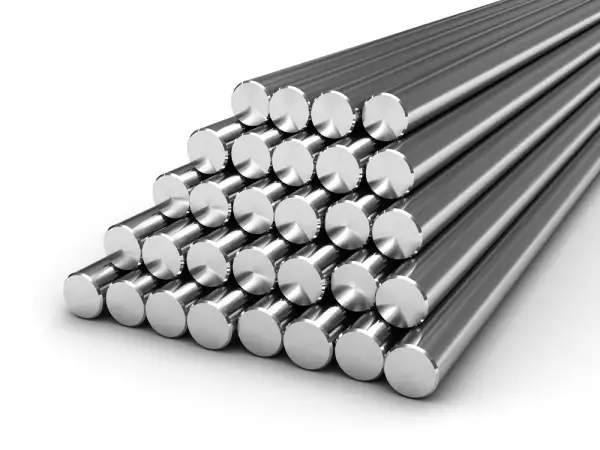Modern apartment buildings are equipped with a variety of engineering systems and lots of household appliances with their metal elements serving as conductors and having their own potential. Under normal operating conditions, this potential is close to zero and does not differ from the potential of surface and other surrounding objects. In the case of an accident, such as insulation breakage or the intake of potential through the pipes, the potential of such conductive parts may increase up to several hundred volts. If a human touches two objects with different potentials at once, there is a risk of electric shock. Not just damaged insulation, but also the static electricity and ground currents can cause the occurrence of voltage on the conductive metal parts. If the electric current flows through the grounding device, it also comes under voltage and does not guarantee a sufficient level of security.
Equipotential bonding systems (EBS) arranged by connecting all conductive parts of the building open to the touch to the protective PE conductor provides a reliable protection. In this case, potentially hazardous metal elements will have the same potential, which reduces the possibility of electric shock when touching them.
Equipotential bonding system standards
According to para 1.7.32 of PUE, equipotential bonding is the electrical connection of conductive parts in order to achieve the equality of their potentials for the purpose of electrical safety.
Equipotential bonding systems (EBS) are used to eliminate the difference between the voltages of all conductive elements and building structures, as well as the related engineering networks and communications with each other and the grounding device, by combining them into a single loop using protective conductors.
Such protective conductors may be included in the power supply lines of buildings or installed separately. It is necessary to connect each conductive element with a separate wire using bolted connections, clamps or welding, and to ensure access for inspection and testing, as well as protection against mechanical damage and corrosion. The connections should not be performed by soldering.
EBS for a separate building has primary and additional equipotential bonding systems. The rules for their implementation are defined in the following regulations:
- IEC 364-4-41 Standard; GOST 13109-97 Electric energy. Electromagnetic compatibility of equipment. Quality standards of electricity in general purpose power supply systems;
- GOST R 50571.1-93 Electrical installations of buildings. Main Provisions;
- GOST R 50571.2-94 Electrical installations of buildings. Key features;
- Electrical installations code (PUE, 7th edition)
The main equipotential bonding system
The main equipotential bonding system (MEBS) connects all the major current-carrying parts of the building that have no electric potential under normal conditions in a single loop with the main grounding bus. Let's examine the graphic representation of EBS in the electric installation of a residential home.
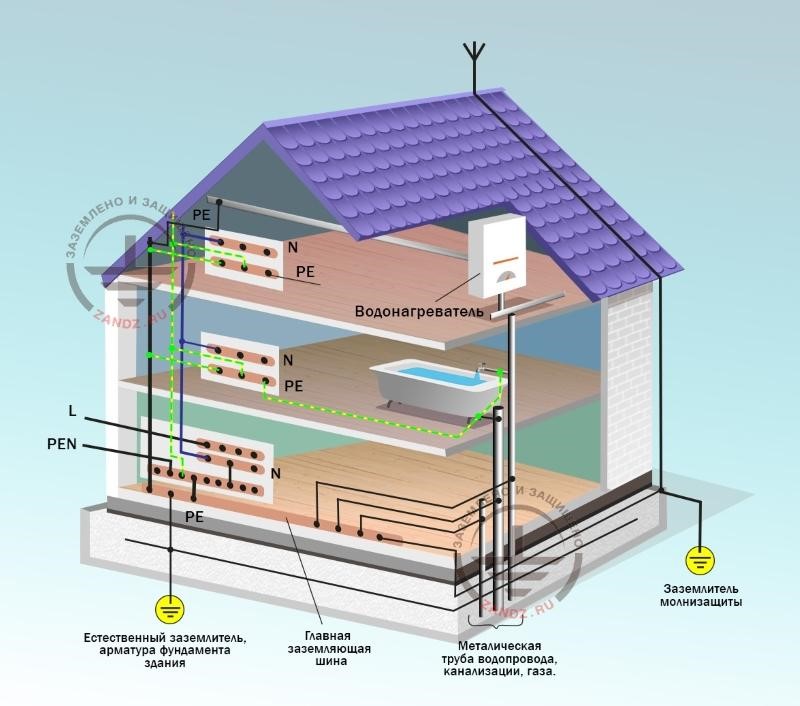
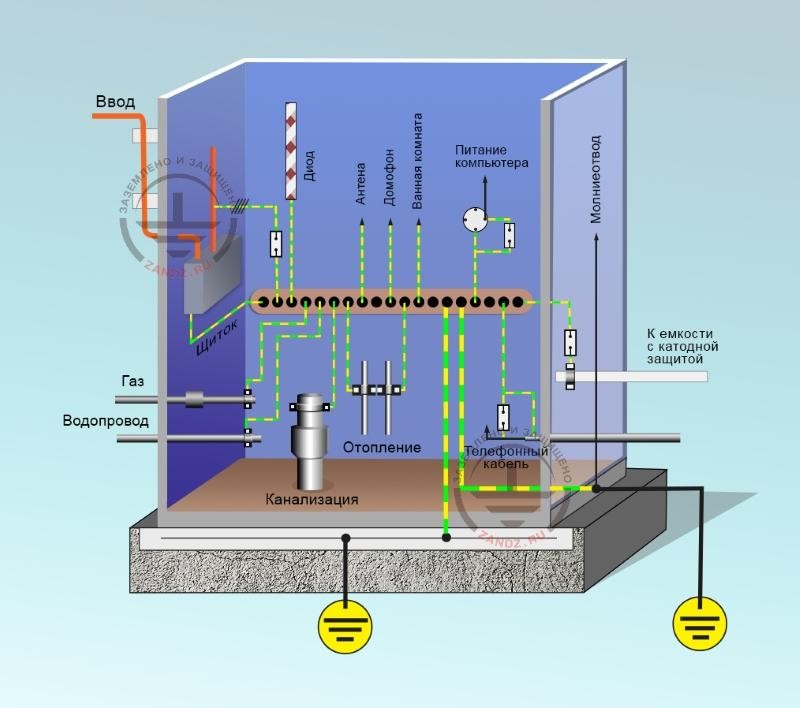
Equipotential bonding system in a residential house
According to the diagram, MEBS consists of the following elements:
- Ground loop (ground electrode system);
- Main grounding bus (MGB);
- Neutral protective conductors;
- Equipotential bonding conductors.
The conductive parts of electrical installations of up to 1 kV to be connected to MEBS are listed in para. 1.7.82 of PUE. The main grounding bus can be installed either inside an electrical distribution panel or separately, subject to the following conditions: it should be located near the facility to be protected; it should have access for maintenance; protection against possible human contact is mandatory.
The bus of neutral PE protective conductor is used as EBS inside the electric distribution panel, which not only ensures the connection between the protective neutral of an incoming supply line with neutral conductors of the building's distribution mains but also performs the function of connecting separate conductive parts and grounding devices. A separately located bus connects only conductive structures and ground electrode systems included in MEBS. The cross-sectional area of such MEBS should not be less than the cross-sectional area of the neutral protective conductor of the incoming feeder.
The main grounding bus is made of copper, but the use of steel is also possible.
The ground loop and neutral protective conductors (PEN or PE depending on the selected grounding system) are connected to the bus. The building's metal parts and structures, as well as related communications and the ventilation system is connected to MEBS radially. Each conductive element is connected by a separate equipotential bonding conductor. The possibility to disconnect any of them should be provided.
The conductive parts of communications coming into the building from the outside should be connected to MEBS as close as possible to their entry point. Strict requirements are applied towards MEBS connection wires, and the main requirement is their integrity. Therefore, it is strictly forbidden to install various switching devices in the circuits. The conductors have green-and-yellow marking and should have a label with the name of the component to be connected. They are fixed to the bus with bolted assemblies; welding can be used to connect them to conductive structures; clamps are used for the connection to pipes.
The cross-sectional area of equipotential bonding should be at least 6 mm2 for copper conductors, 16 mm2 for aluminum conductors and 50 mm2 for steel conductors. Please see para. 1.7.137 of PUE.
Additional equipotential bonding system
In areas that carry additional risk of electric shock to people, such as bathrooms, saunas, kitchens and showers, an additional equipotential bonding system (AEBS) shall be installed to provide the sufficient level of safety in case of emergency. The additional equipotential bonding system interconnects all conductive parts open for touch and external conductive parts, neutral and protective ground conductors of all equipment (depending on the type of the system), including the protective conductors of wall sockets (Please see para. 1.7.83 of PUE). Please see figure below: AEBS wiring diagram.
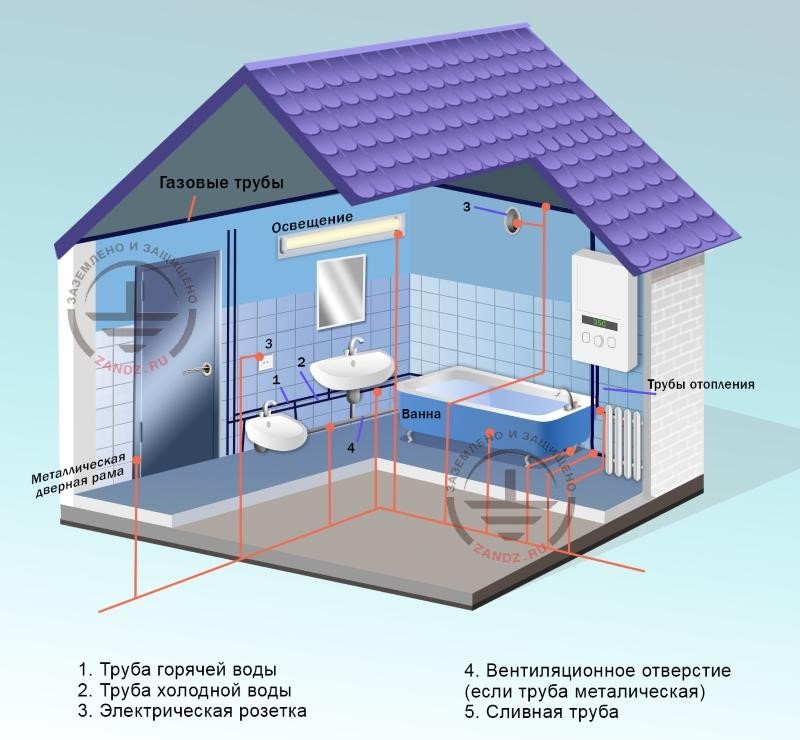
Equipotential bonding system in a bathroom
As you can see from the diagram, all potentially dangerous conductive structures are connected to the terminal box (the bus) of equipotential bonding box. Thus, AEBS can be arranged without laying protective conductors from every component to the distribution switchboard of the apartment (or house).
AEBS is made of copper with a cross-sectional area of at least 10 mm2by connecting six or more connectors to it.
EBS is connected to the grounding bus of the inlet distribution switchboard using a copper protective PE conductor with a cross-sectional area of 6 mm2, thus grounding all metal parts of the premises. External conductive components that go beyond the premises are subject to a mandatory connection to AEBS.
EBS are laid during the construction phase in new houses, together with the electrical wiring. If EBS is not installed for whatever reason, the conductors can be laid by the property owner by cutting narrow grooves in the floor cement screed. Before starting these works, make sure that there are no other communications in the floor screed. The conductors are connected to the grounded objects using bolted joints, welding, clamps or contact lugs, which ensures a solid metal bonding between them.
AEBS are carried out using specially provided conductors or open and third-party conductive elements that meet the requirements of para. 1.7.122 of PUE towards protective conductors. Please see para. 1.7.83 of PUE. In the absence of a mechanical force applied to the conductors, the required cross-section for the conductors should be 2.5 mm2and more. If a mechanical force can be present, conductors with a cross section of 4 mm2 and more should be used. The connection of two exposed conductive elements is performed using a conductor with a cross-section not less than the cross-section of protective conductors connected to them. The cross section of AEBS conductors connecting the exposed and external conductive parts shall not be less than half the cross-section of the protective conductor connected to the exposed conductive part. Please see para. 1.7.138 of PUE.
Restrictions on equipotential bonding
The installation of EBS is performed in the building at its construction phase. However, there is a restriction on its use in existing buildings. In houses with TN-C grounding system with a combined PEN-conductor, it is strictly forbidden to perform additional equipotential bonding. Otherwise, if the neutral conductor is broken, there is a risk of electric shock to other residents who have not installed AEBS. Typically, this restriction applies to multi-storey buildings of the old housing stock.
The problem can be solved if TN-C-S grounding system is installed instead. To do this, PEN conductor is divided into a PE and N conductors in the main grounding bus at the lead-in switchboard of the building, and a grounding loop is arranged and connected to the main grounding bus with a copper wire. The current trend is to lay communications (water and sewer systems) using plastic pipes. This does not require connecting them to the equipotential bonding system. Replacing steel pipes with non-conductive plastic ones in the existing AEBS leads to the disruption of electrical connection with the grounding bus of all other metal components in the premises (radiators, heated towel rails, etc.), making them potentially dangerous to humans in the event of a simultaneous touch.
Conclusion
Special attention is paid by the modern standards and construction regulations to the correct installation of an equipotential bonding system. It is the first thing being inspected and checked for the compliance to project documentation when a house is commissioned. Electrical safety is ensured by the electrical connection of all conductive parts of the building exposed to touch to MGB using PE conductors. MEBS is complemented by an equipotential bonding system in areas with increased risk of electric shock.
It is important to remember that the arrangement of AEBS is possible only in houses where a grounding system with separate PE and N conductors is installed. These include modern TN-S grounding systems, as well as systems modernized to TN-C-S type.
When installing EBS, is required to ensure a solid metal bonding between its elements connected in the radial configuration; the required cross-section of protective conductors shall also be chosen.
See also:
- Grounding. What is it and how to make it.
- Lightning protection and grounding
- Useful materials for designers: articles, recommendations, examples
Related Articles:
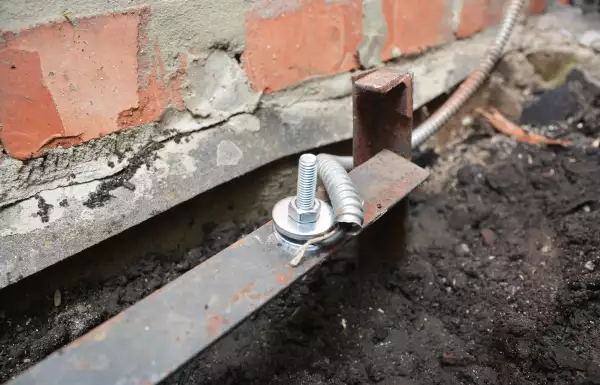 Why Cannot Vertical Earthing Devices Be Installed Close to Each Other?
Why Cannot Vertical Earthing Devices Be Installed Close to Each Other?
 Electrolytic Grounding in Permafrost Soils: Should Vertical of Horizontal Electrodes Be Used?
Electrolytic Grounding in Permafrost Soils: Should Vertical of Horizontal Electrodes Be Used?

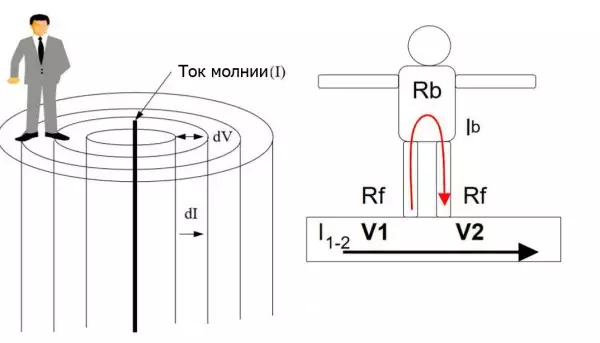 Step Voltage: Dangerous Obscurity and Reliable Protection
Step Voltage: Dangerous Obscurity and Reliable Protection
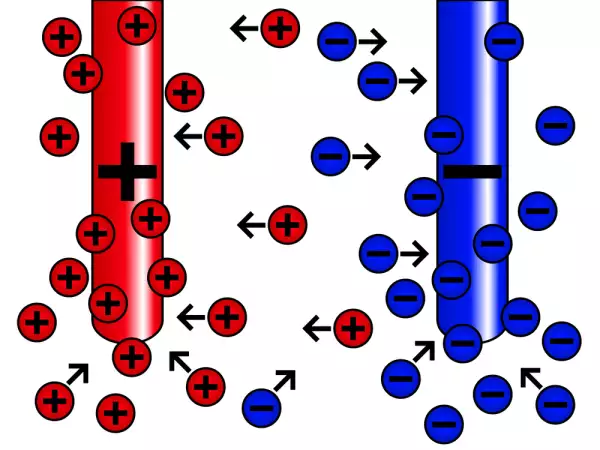 Nature of Electrochemical Corrosion
Nature of Electrochemical Corrosion
 Public Safety in Land Transport in case of Direct Lightning Strike
Public Safety in Land Transport in case of Direct Lightning Strike
